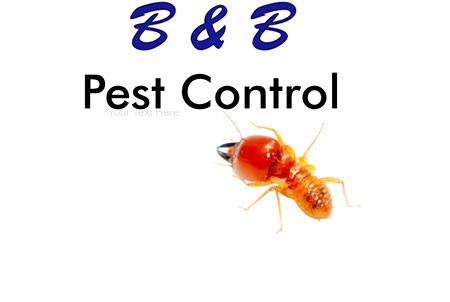Up until a few years ago, termites were the only organisms belonging to the insect order Isoptera, but this changed after phylogenetic research studies revealed that termites actually descended from ancient wood-eating cockroaches. As a result of this finding, termites were moved to a subordinate position within the order Blattodea, which had previously been made up solely of the world’s cockroach species. Many wood-eating cockroach species are still commonly encountered throughout the world today, one of which, the Pennsylvania wood cockroach, is an occasional indoor pests in the northeast, but luckily, they do not feed on woodwork. While termites now technically share an order with their close cockroach relatives, many entomologists still refer to termites as Isoptera species in scientific literature.
The majority of the 3,500 termite species that have been documented worldwide are non-pests that inhabit forested areas, most notably in the tropics. Even the very few termites that are known pests of structural wood are ecologically important species due to their habit of converting wood and other forms of slowly decaying plant matter into soil nutrients within the ecosystems that they inhabit. Only 300 termite species worldwide are pests that inflict economically costly damage to structural wood in homes and buildings. Each year, tens of billions of dollars are spent controlling termite pests worldwide, and the cost of repairing termite structural damages exceeds five billion dollars per year in the US alone.
The most effective way to manage termite pests in residential areas is for homeowners to take measures to prevent infestations from occurring on their property. From the 1950s up until the 1990s, pest control professionals protected residential and commercial structures from termite attacks solely by applying a termiticide barrier in the soil surrounding homes and buildings. Today, termiticide barrier systems remain the most popular method of termite control on residential properties, but baiting systems are rapidly gaining favor among ecologically-minded homeowners who prefer to avoid toxic chemical insecticides. The termiticide chemicals used for barrier treatments have been thoroughly tested and pronounced safe by the Environmental Protection Agency. However, when it comes to the manner in which termite pests are controlled on properties, barrier systems and baiting systems differ in many ways, and homeowners must discuss these differences with a licensed pest control professional before choosing the most suitable control method. Have you ever purchased an over-the-counter termite bait product?

